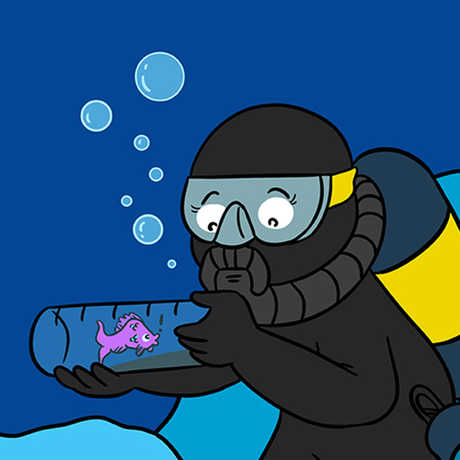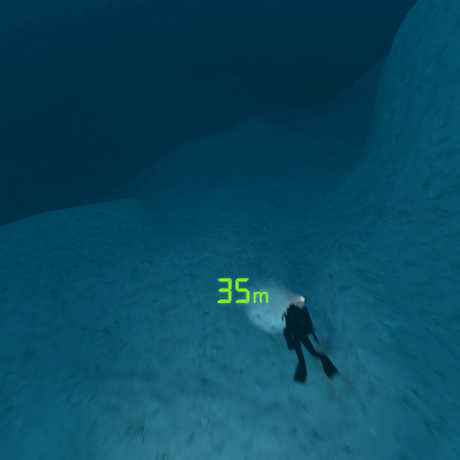Be dazzled by the brilliant colors of thousands of tropical fish swimming across your screen.
Duration: 1:45 minutes
Grade Level: Appropriate for all ages; content connects to NGSS standards for grades 5 and above
Scientist explorers study deep reefs in a region nicknamed the Twilight Zone. Unlike shallow reefs, corals here survive with barely any light. Some species appear fluorescent at depth, which helps their embedded algae photosynthesize.
Plunge into the darkness with several scuba divers as they shine a light on sticky jellies, exploring ecosystems that few will ever experience in real life.



